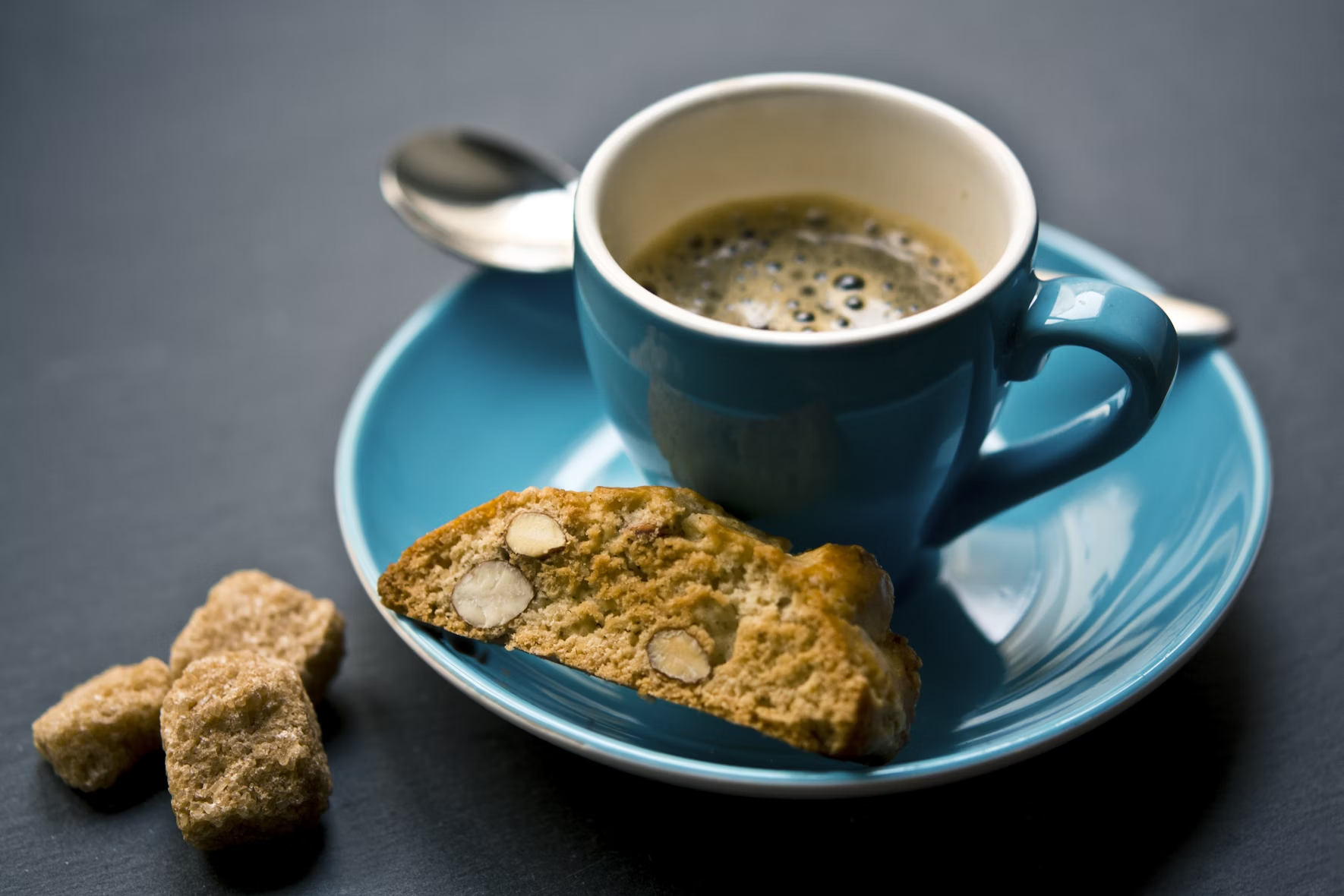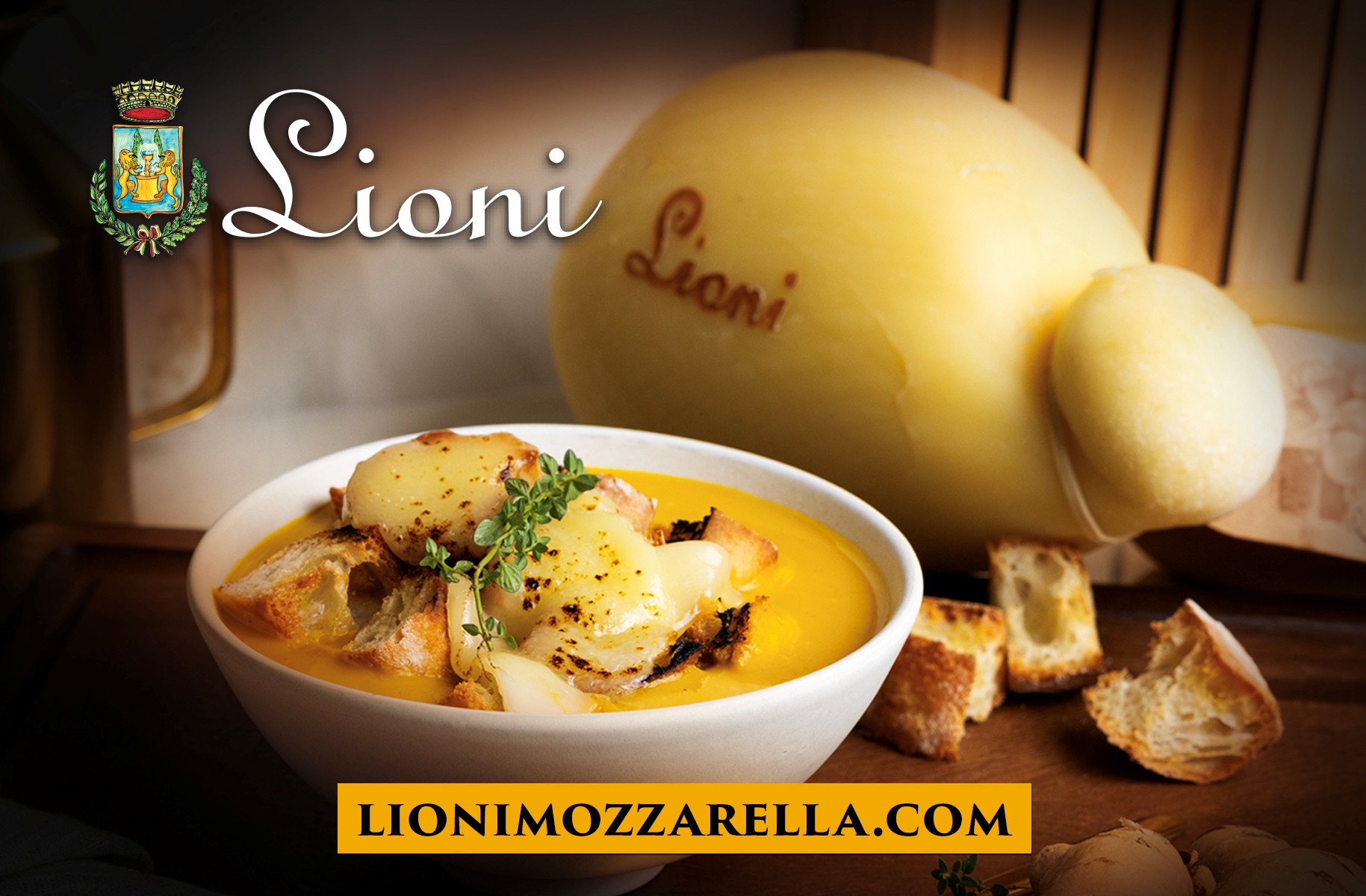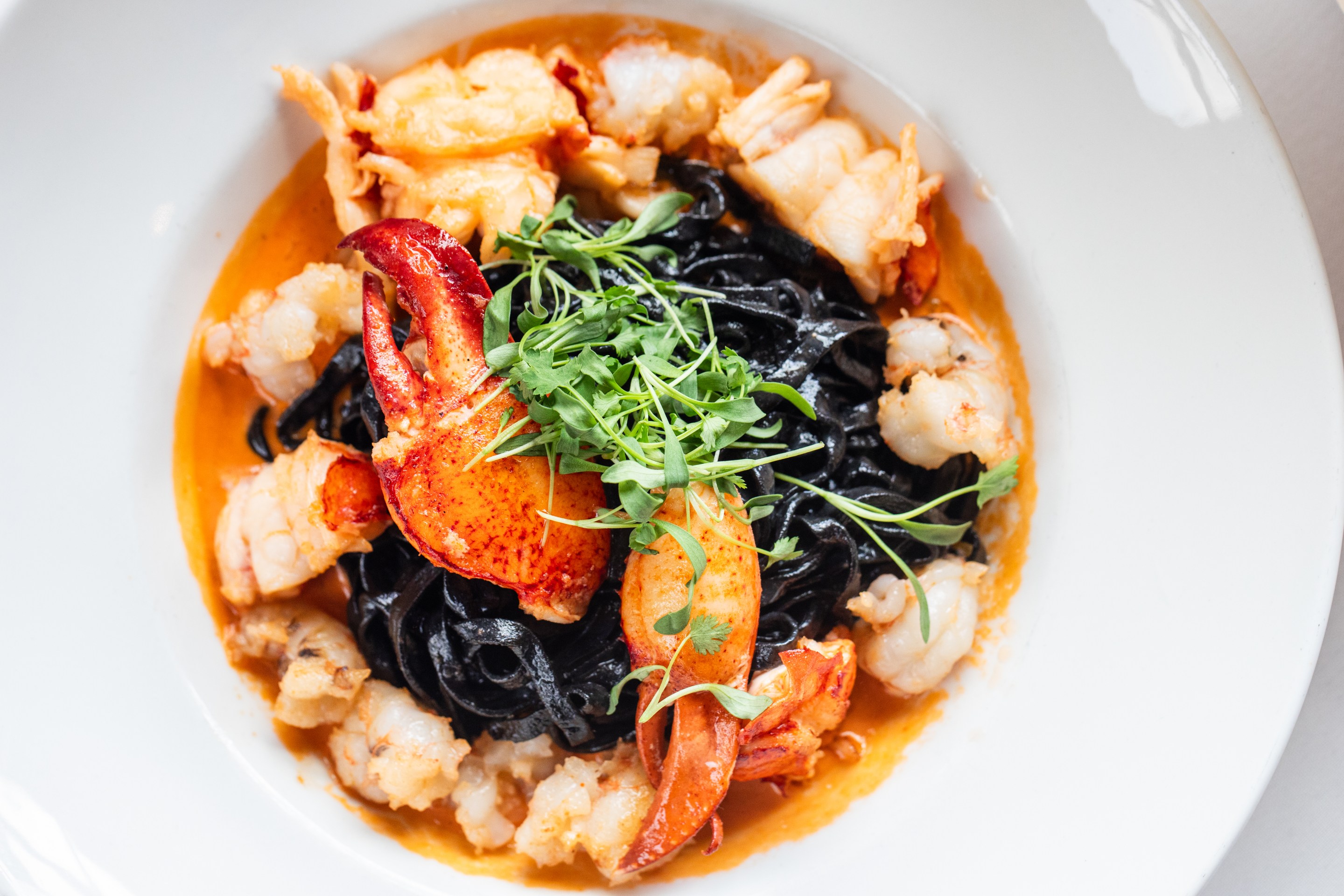There's no denying that Italians and North Americans share a mutual love for coffee. But that's pretty much where the similarity ends. Every time I fly home from Italy, I overhear people complaining about the coffee they drank while there. And while it used to shock me, I've come to realize the root cause of this is the disparity in our menu terminology. If you've found yourself struggling to decipher the many options, don't despair. This guide is an introduction into the world of ordering coffee in Italy. To be clear, there are many other caffeinated drinks served in Italian bars, but these are a great starting point for both novice and seasoned travelers.
Caffè Espresso
While its formal name is caffè espresso, most Italians will ask their barista for un caffè. A popular pick, this is the preferred option of coffee purists and is simply a single shot of espresso. Measuring in at 1 fluid ounce (30ml), it's made using a 1:2 ratio. In other words, it uses one part ground coffee to two parts water. The final result is pure harmony and an ideal choice for a quick pick-me-up, regardless of what time it is!
Ristretto (or Corto)
For those in search of a full-bodied variant of caffè espresso, look no further than a caffè ristretto. It's also known as caffè corto (or "short"), thanks to the reduction of water (and time) used in its preparation. Using a 1:1 ratio of equal parts coffee to water, the result is a velvety texture and an intense aroma and flavor. And though it yields half the volume of an ordinary espresso shot, it's sweeter, making it great for those who normally find espresso to be bitter.
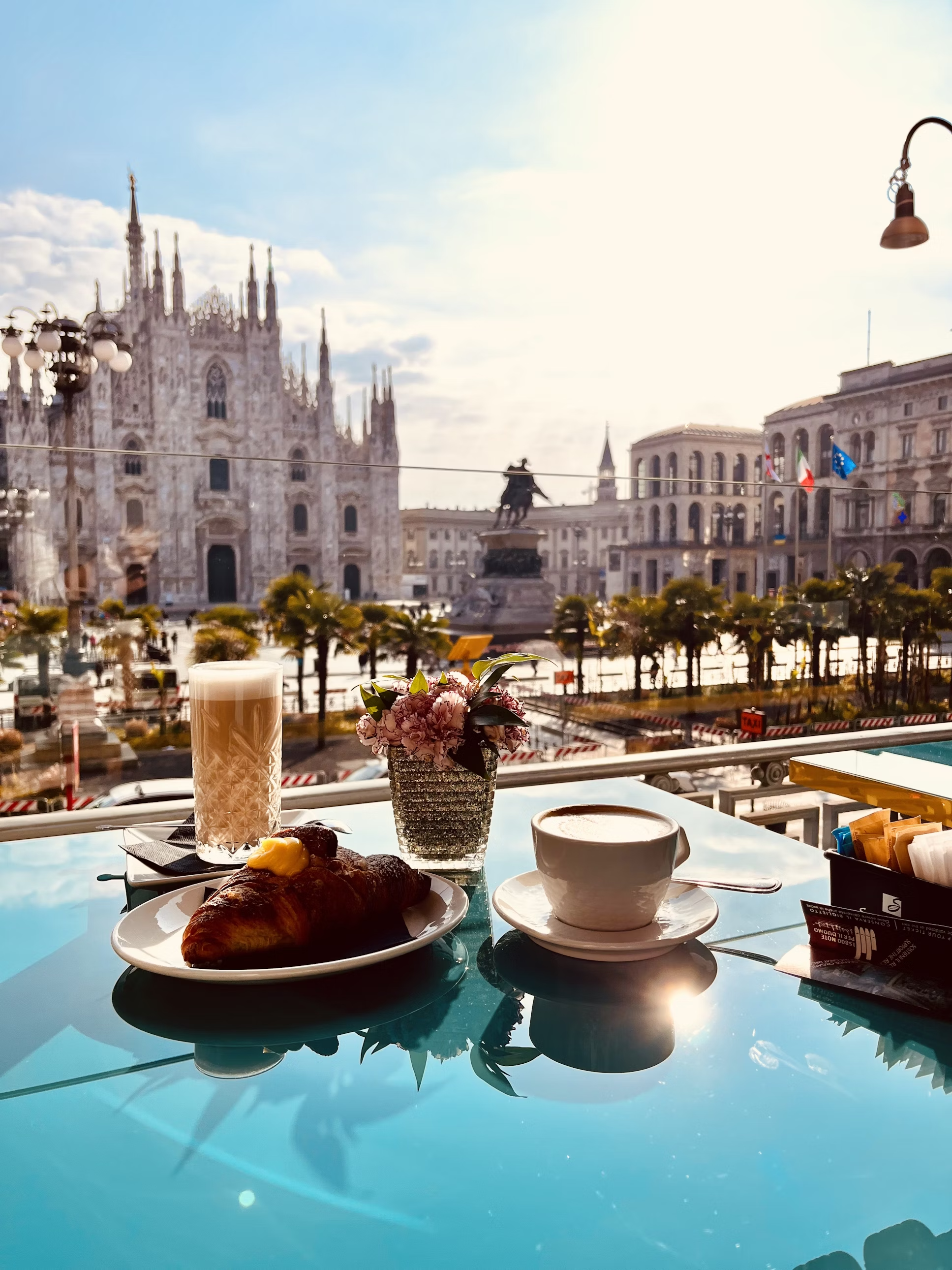
Cappuccino
Recognized worldwide, cappuccino is popular with the folks who savor life's finest pleasures. In Italy, it’s considered most appropriate for breakfast or a mid-morning snack. There isn't anything more quintessentially Italian than starting off the day with a cappuccino and cornetto. Composed of equal parts espresso, steam-heated milk, and frothed milk, it’s often also garnished with cocoa powder. Both indulgent and smooth on the palate, it's no secret why it's so popular on coffeehouse menus across the world!
Lungo
Featuring a longer extraction time, it comes as no surprise that caffè lungo means “longer.” This is thanks to the addition of more water during its preparation; a 1:4 ratio to be precise! And though it's more diluted than an ordinary caffè espresso, it tastes a bit more bitter in comparison. It's often favored by those who find pleasure in spending more time sipping their coffee, without wanting to overdo it on caffeine.
Doppio
The Italian word doppio means “double,” making a doppio espresso exactly what it sounds like: a double shot of caffè espresso. It's made using the same 1:2 ratio, but measures in at 2 fluid ounces (60ml). Apart from packing twice the caffeine punch, it still offers the same great taste and aroma as its single shot counterpart. Simply put, this is an ideal choice for anyone looking for an energy boost.
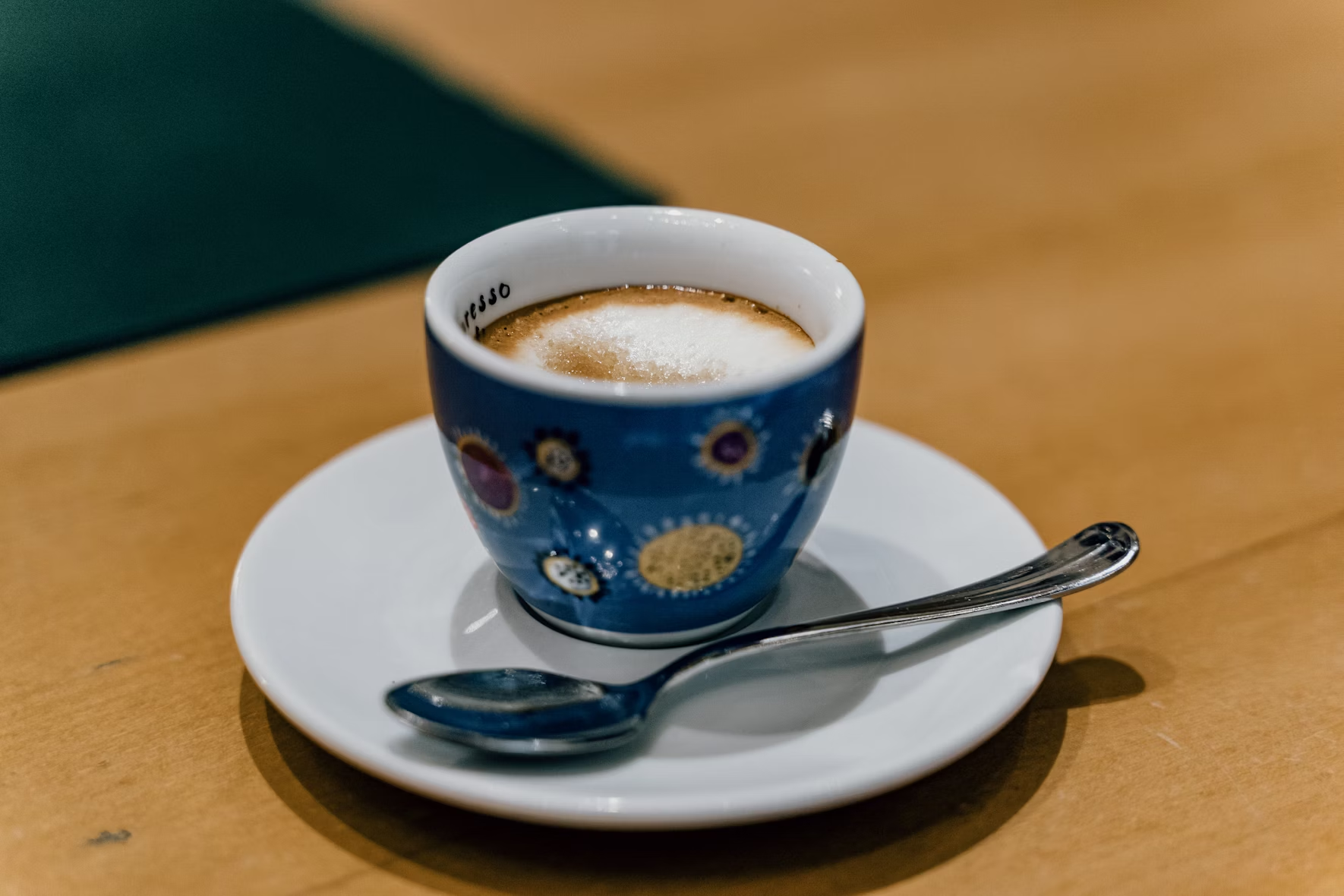
Macchiato
Literally meaning “stained,” a macchiato is an espresso shot with a splash of warm, frothy milk. It's far less decadent than a cappuccino, but a bit more delicate than a regular caffè. Those who find espresso too strong on its own can comfortably order a macchiato at any time of the day.
Corretto
For a bit of a boozy kick, consider ordering caffè corretto (or corrected coffee). As with most of Italy's gastronomic creations, it has a quirky backstory. It was born out of an attempt to mask (or correct) poor quality coffee, by adding a splash of alcohol to a shot of espresso. Nowadays, it's popular regardless of a coffee's quality, and is mostly enjoyed after lunch or dinner. Northerners tend to prefer grappa, while southerners opt for sambuca. Meanwhile, in my family's home region of Le Marche, anisetta liqueur is the go-to choice. Regardless of how you spike it, it's bound to deliver a complex flavor profile!
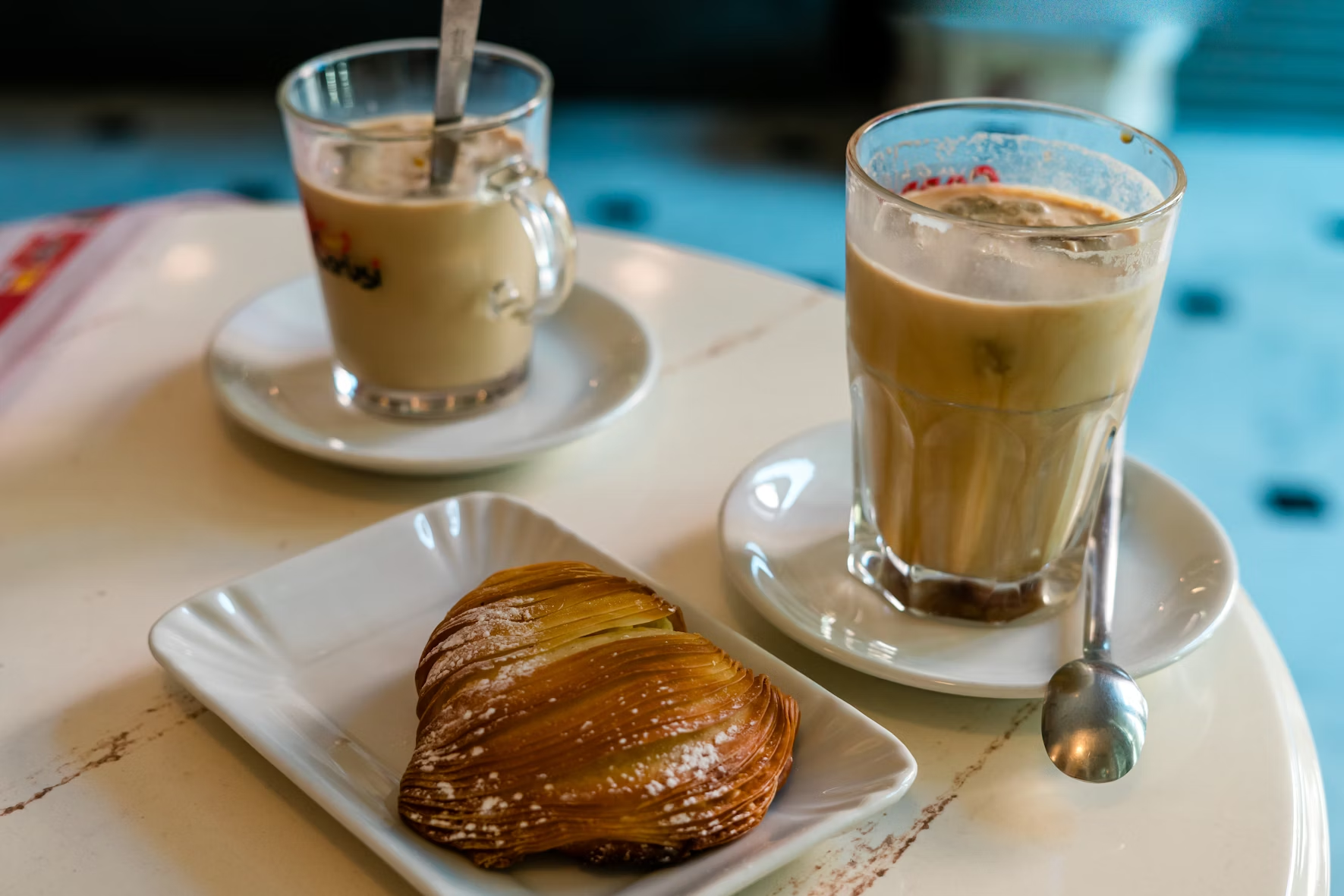
Caffè Latte
Rich and creamy, caffè latte is another breakfast favorite. The equivalent of a latte in North America, be sure to emphasize the word caffè when ordering it in Italy, otherwise you'll end up with a glass of milk! It's usually served in a tall glass, making it perfect for dipping cookies. And though some liken it to a cappuccino, the two are actually quite different. A caffè latte consists of hot milk mixed with a single or double shot of espresso, rather than individual layers. It also features a much thinner layer of foam, delivering a silky texture. You can also opt for an iced (“ghiacciato”) version during the summer months to beat the heat.
Latte Macchiato
Meaning "stained milk" in Italian, latte macchiato is exactly what it sounds like. It's essentially a generous dose of hot steamed milk, splashed (or stained) with a shot of espresso. And much like caffè latte, it's served in a tall glass and is normally topped with foam. Containing very little coffee and plenty of milk, this one is for dairy lovers.
Shakerato
The origin of the name shakerato is nothing short of witty. Made in a cocktail shaker, this iced coffee gets its name from the English word "shake." It uses only three ingredients: ice, simple syrup, and an espresso shot. By energetically shaking them together, the result is a smooth and frothy drink, the perfect refreshment for a hot summer's day. A hit on menus across Italy, you'll usually see it served in a chilled martini glass. And with many baristas adding their own twist by spiking it with liqueurs, this is a great option at any time of the day!
